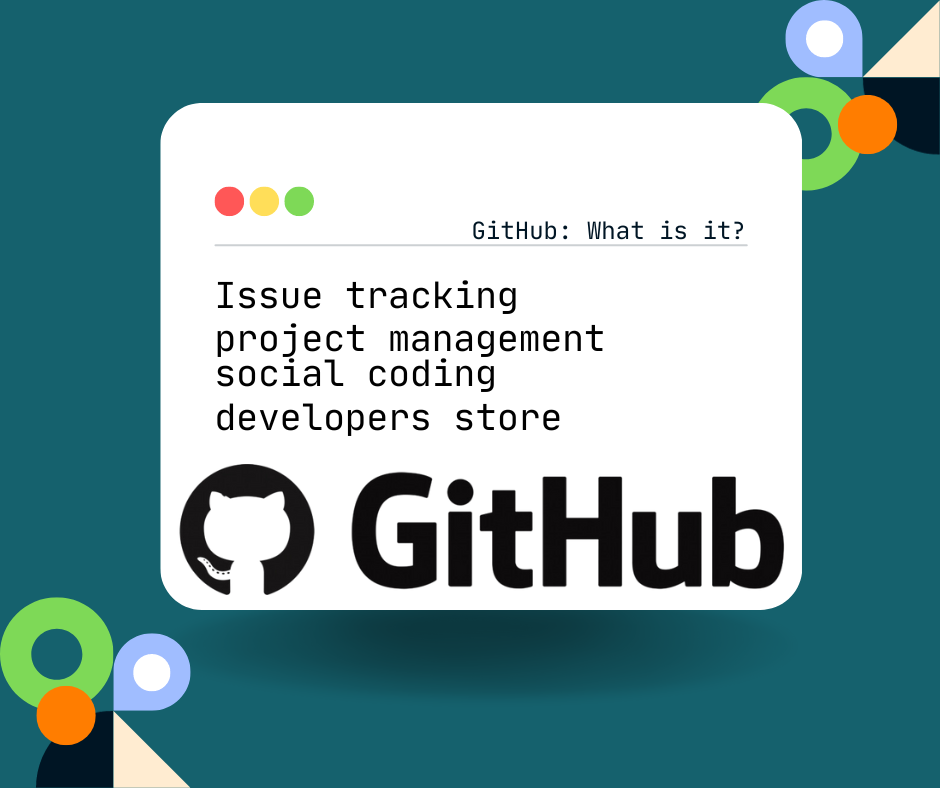We will walk you through the world of Git and GitHub in this comprehensive guide and simplifying the complexities and making them accessible to novices alike. You will have a solid understanding of version control and Git commands and GitHub collaboration and a lot more by the time this article is finished. So, let’s get started on this journey to mastering coding
Figuring out the Fundamentals:
What is Git?
Git is a rendition control framework that tracks changes in your code, making it simple to team up with others and deal with your undertakings. It keeps a history of every change, so you can go back to earlier versions if you need to.
GitHub: What is it?
GitHub is an online stage worked around Git. It lets developers store, work together, and share their code repositories with the world from one central location. Issue tracking, project management, and social coding are just a few of the new features that GitHub brings to the Git experience.
Getting everything rolling with Git:
Introducing Git:
Prior to jumping into Git, you really want to introduce it to your framework. Git is accessible for Windows, macOS, and Linux. Follow the installation instructions for your platform by downloading the installer from Git’s official website.
Setting up Git After installing it you should set it up with your name and email address. Run the following commands in your terminal or command prompt:
git config –global user.name “Your Name”
git config –global user.email [email protected]
Your Git commits will be linked to these settings.

Creating your first repository:
Now that Git is set up, we should make your most memorable vault. Run the following command after navigating to the directory where you want to start your project:
git init
This introduces another Git repository in your chosen directory.
Mastering the Commands of Git Committing Changes Git lets you create commits or checkpoints, as you make changes to your code. Make use of the commands listed below to commit your changes:
git add .
git commit -m “Your commit message here”
The primary order organizes your changes, while the second makes a commit with an illustrative message.
Branching:
You can simultaneously work on a variety of features or bug fixes in Git thanks to branching branches. Make a new branch by using:
git branch new-feature
Switch to a new branch:
git checkout new-feature
Changes you make must be commit. After that, the branch can be merged back into the main codebase.
GitHub is a platform where you can share your code and collaborate with other developers. Here are the fundamental stages to get everything rolling:
- Make a GitHub account on the off chance that you haven’t as of now.
- On GitHub, create a brand-new repository.
- Push your local repository to GitHub:
- git remote add origin <repository-url>
- git branch -M main
- git push -u origin main
Taking Your Skills to A Higher Level:
At this point, you’ve taken in the basics of Git and GitHub. But keep in mind that practice makes perfect. Continue to code, work with others, and investigate more advanced Git features like issues, pull requests, and GitHub Actions.
Conclusion:
From installation to collaboration, the most important aspects of Git and GitHub have been covered in this article. Git’s variant control capacities and GitHub’s cooperative elements engage engineers overall to cooperate consistently. Thus, begin coding, investigating, and adding to the tremendous universe of programming advancement
